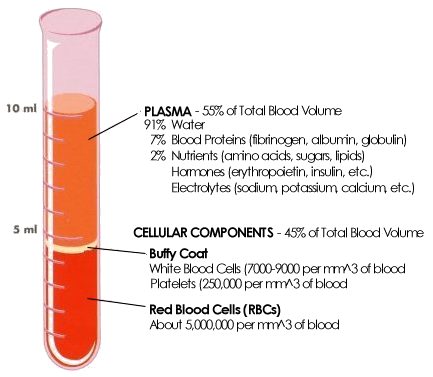 Keanu Reeves in the movie The Matrix noted that the matrix is all around us, you just haven’t chosen to see it.
Keanu Reeves in the movie The Matrix noted that the matrix is all around us, you just haven’t chosen to see it.
He had no idea that his statement would hold true in analytical testing for ETOH and drugs of abuse testing in DUI prosecution as well.
The matrix is the substrate form which we are trying to identify the analyte of interest. In other words for our purposes, the blood. The analyte of interest is either ETOH or specific drugs of abuse.

The essence of the problem is that we compare apples to oranges when we try to measure the unknown, meaning the amount of ETOH or Drugs of Abuse in the accused’s blood, versus the knowns that establish the calibration curve that result in analytical quantification.
In an nutshell this is what is called THE MATRIX EFFECT.
Stick with me now, I promise that it will all make sense.
[Blogger’s note: This post assumes that the ready knows what a calibration curve is, if the reader would like a very brief review, please visit this previous post– When is a straight line a curve: Calibration curve]
One of the many reasons why enzymatic assaying is not accepted in a true forensic science context as noted before in an earlier blog post [WellSpan is to be commended, but why people who have been convicted for decades of a DUI should be upset], is what is termed as the matrix effect. The matrix effect also has impact on Gas Chromatography.
The matrix effect reflects the difference between the composition of the substance in its unknown form (in our case blood) versus that of the composition of the substance that the calibrators, verifiers and the positive controls are made up of that make up the calibration curve or the internal checks for accuracy and precision.
Blood is a very complex mixture of many different constituent parts. Over simplified, blood consist of cellular material (99% red blood cells, with white blood cells and platelets making up the remainder), water, amino acids, proteins, carbohydrates, lipids, hormones, vitamins, electrolytes, dissolved gases, and cellular wastes. Each red blood cell is about 1/3 hemoglobin, by volume. Plasma is about 92% water, with plasma proteins as the most abundant solutes. The main plasma protein groups are albumins, globulins, and fibrinogens.

On the other hand, even in gas chromatography, all calibrators, positive controls, verifiers, and standards (and in the case of enzymatic testing reagent cartridges) exist in solutions in a substrate that is not as complex as blood. In fact, they are by design quite simple. Stated more simply, all calibrators, positive controls, verifiers, standards and reagent cartridges are usually comprised of very simple materials—usually NIST certified ETOH or USP grade raw materials such as water.
This testing of the unknown in a complex matrix (i.e., blood) is compared against the calibration curve, which is made up from knowns that are from less complex materials (usually NIST certified ETOH or USP grade raw materials) at its corresponding intercept on the x and y axis on the calibration curve to determine the quantitative result.
Again, being that the calibration curve is achieved from non-blood matrix materials, and given that there is no USP grade blood or NIST certified blood with pure USP grade ethanol available in the market, what we are doing is comparing apples to oranges.
This is a very big potential problem even in gas chromatography as the calibrators, positive controls, verifiers, standards and the like are also similarly not made up of matrix appropriate solutions.
Ask the state scientist to quantify the impact of comparing the complex matrix of blood to the simple matrix of the calibrators, positive controls, verifiers, standards and the like and you will watch them try to dodge like Keanu Reeves in the movie The Matrix but likely with little success.

-Justin J. McShane, Esquire, Pennsylvania DUI Attorney
I am the highest rated DUI Attorney in PA as Rated by Avvo.com
You can follow me on Twitter, Facebook or Linkedin

Board Certified Criminal Trial Advocate
By the National Board of Trial Advocacy
A Pennsylvania Supreme Court Approved Agency